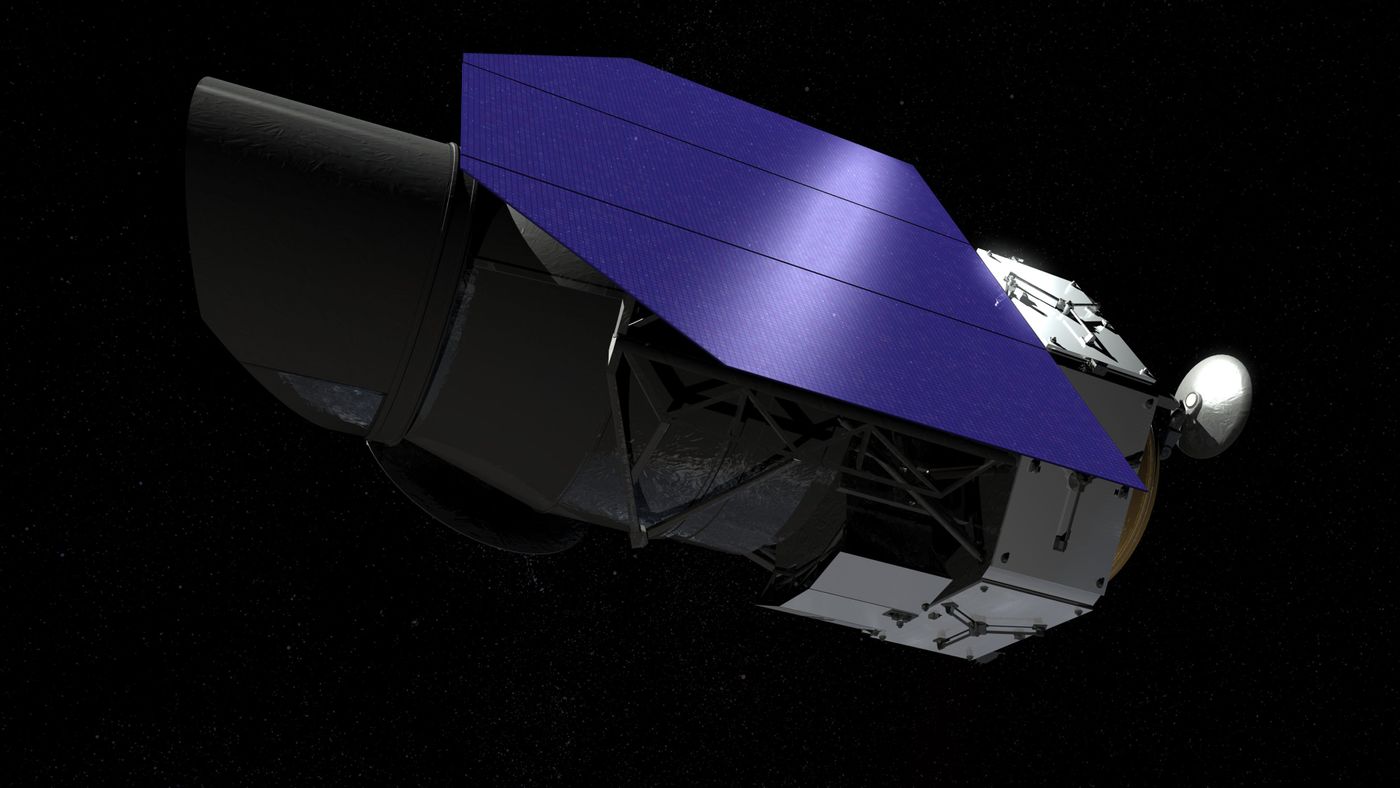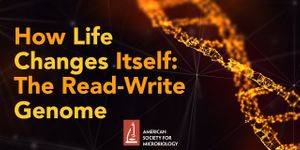Experts Begin Important Developments for NASA's WFIRST Mission
It’s not easy to observe the distant heavens in space, but NASA is calling on the best in the commercial science industry to develop the latest and greatest in observation equipment for getting the furthest and clearest look at the cosmos that we can.
While the James Webb Space Telescope (JWST) is one step closer to the goal of increasing our ability to see more of the universe around us, NASA is also calling on two commercial companies, Ball Aerospace and Lockheed Martin, to produce new sensory equipment for the Wide Field Infrared Survey Telescope WFIRST.
Image Credit: NASA
More specifically, they’re being asked to make what’s known as the Wide-Field Optical-Mechanical Assembly (WOMA), an instrument for the WFIRST that would allow us to peer at the cosmos in new ways.
WOMA has a lot of advanced tech built into it that might be familiar to anyone who’s knowledgeable about the JWST. After all, it’s very similar in function to the way JWST’s NIRcam works. That said, it’s not surprising that NIRcam works as a baseline for expectations for WOMA.
"Lockheed Martin scientists achieved groundbreaking results with NIRCam's precision and sensitivity," said Jeff Vanden Beukel, WOMA program manager at Lockheed Martin. "There's no time to lose as we support a fast-paced schedule, and our experience with NIRCam's precision optics positions our WOMA design to be capable, producible and on budget."
As of mid-January, work on this device has already commenced. This powerful observation tool will help WIFRST in looking for traces of dark energy, and will be more sensitive to viewing micro-lensing events, allowing NASA to get a better look at even some of the most distant galaxies. According to NASA, we might even learn more about how the galaxies are formed, and the physics that make it happen.
There are tons of components that go into WOMA, including the optics, the technology, the protection from the harsh space environment, and the mechanical parts, among other things. Highly specialized teams are working on each individual need for the instrument to ensure things are done right and as quickly and efficiently as possible, and all of them will collaborate in the end to produce the final product.
When finished, WOMA will have a focal plane array 200 times that of the NIRcam on the JWST, so WFIRST won’t just be a competitor, but rather a companion, that can help verify what the JWST finds, and vice versa. WFIRST could launch as soon as 2020, so everyone has their work cut out for them.
There are some exciting times ahead for space exploration, and it looks like much of it will take place within just the next few years.
Source: Lockheed Martin









